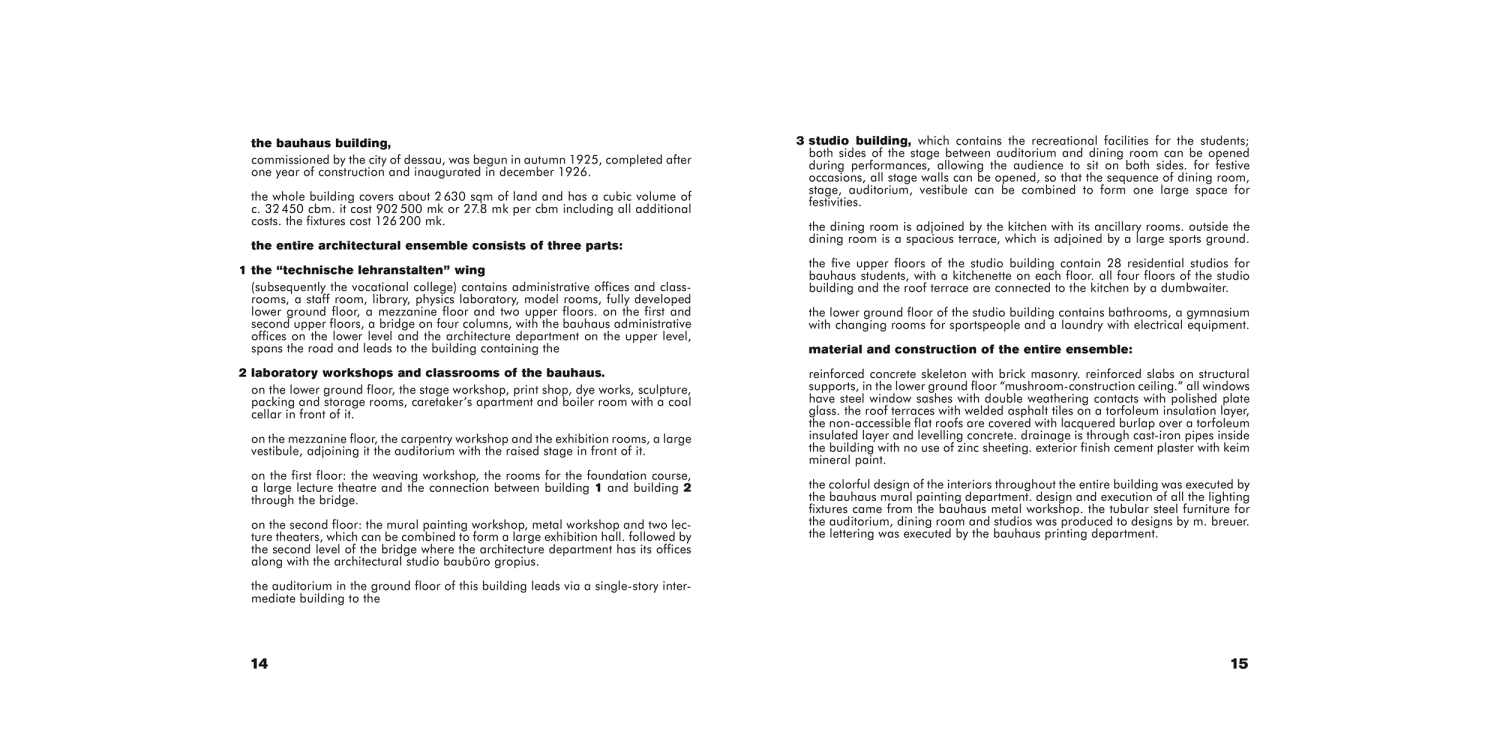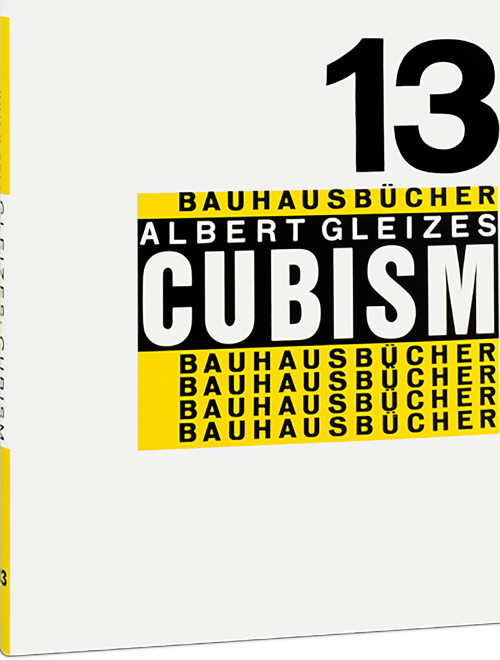
Bauhaus Buildings Dessau
In his third and last contribution within the Bauhausbücher series, the founder and long-standing director of the Bauhaus, Walter Gropius, gives a comprehensive overview of the Bauhaus in Dessau. In addition to a brief outline of the origins and development of the school, Gropius presents the architectural design of the new Bauhaus building and the associated Masters’ Houses with the help of photographic documentary evidence and planning sketches. In the book, he traces the technical planning development with extreme precision and provides an insight into the design practice of the “Bauhäusler.
The series is published with the generous support of the Rudolf-August Oetker-Stiftung.
In his third and last contribution within the Bauhausbücher series, the founder and long-standing director of the Bauhaus, Walter Gropius, gives a comprehensive overview of the Bauhaus in Dessau. In addition to a brief outline of the origins and development of the school, Gropius presents the architectural design of the new Bauhaus building and the associated Masters’ Houses with the help of photographic documentary evidence and planning sketches. In the book, he traces the technical planning development with extreme precision and provides an insight into the design practice of the “Bauhäusler.
The series is published with the generous support of the Rudolf-August Oetker-Stiftung.





























